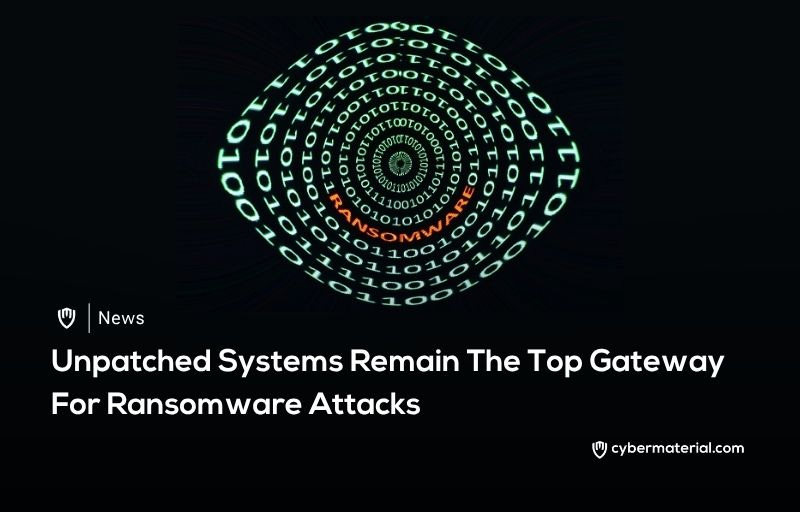
A comprehensive new analysis of the global ransomware landscape has unveiled that exploited vulnerabilities remain the dominant attack vector. These technical exploits account for thirty-two percent of all successful ransomware incidents that have targeted organizations worldwide. This is the third consecutive year that vulnerability exploitation has topped the list of technical root causes for attacks. The extensive research is based on responses from 3,400 IT professionals across seventeen different countries in the world.
Sophos analysts have identified a very concerning pattern in the operational factors that leave organizations vulnerable to attacks. The research reveals victims typically face multiple simultaneous challenges, with respondents citing an average of 2.7 contributing factors. The most prevalent operational weakness identified was a profound lack of internal cybersecurity expertise within many organizations. This was closely followed by unknown security gaps and insufficient staffing capacity which also enabled the successful ransomware deployments. The vulnerability exploitation pathway demonstrates sophisticated adversary behavior with attackers targeting unpatched systems and many different zero-day vulnerabilities.
Organizations that fell victim to ransomware attacks experienced an average recovery cost of over one and a half million dollars.
Modern ransomware operations typically follow a multi-stage approach when exploiting vulnerabilities to gain access to corporate systems. Attackers begin by scanning internet-facing assets for known security flaws in web applications and remote desktop services. Upon successful exploitation of a system, they establish persistence through techniques such as creating backdoor user accounts. They also install remote access tools and modify system configurations to maintain their unauthorized access over a long time. This methodology allows threat groups to maintain extended dwell times while preparing for their final encryption payload deployment.
The serious financial implications of these vulnerability-based attacks extend far beyond just the immediate ransom demands.
The average ransom payment was over one million dollars in 2025, which represents a thirty-four percent decrease. However, the comprehensive recovery costs encompassing system restoration and operational downtime continue to impose a substantial burden. These remediation efforts highlight the critical importance of proactive vulnerability management programs in any modern cybersecurity strategy. The report also indicates larger organizations now face disproportionate risks from these very specific types of cyberattacks.
Reference:
The post Unpatched Exploits Are Top Ransomware Threat first appeared on CyberMaterial.


